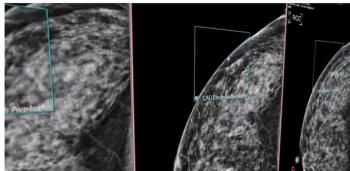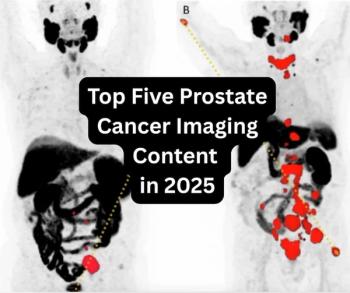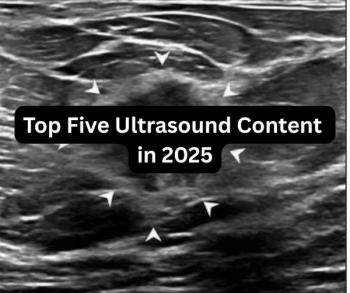
Medasys and Citation cancel merger after markets yawn at transaction
Firms will likely sell each other's products, howeverA corporate merger that many PACS market watchers had thought was a done deal fell apart last month when healthcare information technology firms Medasys Digital Systems and Citation Computer
Firms will likely sell each other's products, however
A corporate merger that many PACS market watchers had thought was a done deal fell apart last month when healthcare information technology firms Medasys Digital Systems and Citation Computer Systems called off the transaction. The collapse of the proposal was an embarrassing turn of events for both firms, which had gone so far as to exhibit in a joint booth at last month's Radiological Society of North America meeting.
Medasys and Citation first announced their intentions in June, citing the action as a step toward the development of an integrated PACS and HIS product line. French company Medasys develops Unix-based PACS software, while Citation of St. Louis markets radiology and laboratory information systems. Under the terms of the proposed agreement, Medasys would have become a subsidiary of Citation, although the Citation name would have been retired.
Despite the potential benefits of a merger between the firms, regulatory hurdles in the U.S. and France, as well as declines in both companies' stock valuations, led to the breakdown, according to Robert Copper, Citation's chairman and CEO.
"I don't know if the shareholders of both companies didn't like the deal, which may have been the reason the stocks fell," Copper said. "I know in our case, there were some (shareholders) looking for a cash buyout, and, when that didn't happen, they sold, which drove the stock down."
The firms originally intended to undertake a simple cash-based merger, but this would have resulted in negative tax implications for the French shareholders of Medasys, Copper said. As a result, a more complex transaction involving an exchange of stock shares had to be created. The need to file necessary documentation in both countries, provide proxy statements to shareholders, and meet other procedural requirements dragged the merger process out.
"It would have taken another four to six months to get it done," he said. "That (would have been) over a year since we started talking, and that is just too long."
There was sound logic in the idea of combining Citation's medical information systems products with the Medasys PACS line, Copper said. This logic remains, and the two companies are exploring ways to market their products jointly, although integration of the lines will be limited by the continued existence of separate management and ownership, he said.
A possibility remains that the merger could be tried again, although the two companies' stock prices would have to rise sufficiently to make the action economical for both sides. While details of a joint marketing agreement have not been worked out as yet, this cooperation should involve the sale of both product lines by both companies, Copper said.
"We will continue to market our products and this idea of an electronic patient record," he said. "(Medasys) will do the same both here and in France. They will sell our products if they need laboratory or radiology information systems, and we will sell their products for PACS and general imaging. We will share revenues."
Newsletter
Stay at the forefront of radiology with the Diagnostic Imaging newsletter, delivering the latest news, clinical insights, and imaging advancements for today’s radiologists.




























